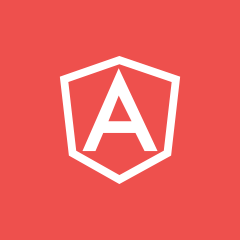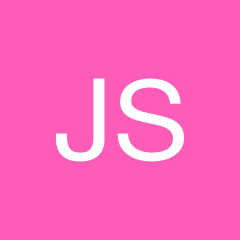如何在AngularJS中使用自己的作用域*从自定义指令*中访问父作用域?
如何在AngularJS中使用自己的作用域*从自定义指令*中访问父作用域?
$scope$sibling
$watch
重要音符$watch
app.directive('watchingMyParentScope', function() {
return {
require: /* ? */,
scope: /* ? */,
transclude: /* ? */,
controller: /* ? */,
compile: function(el,attr,trans) {
// Can I get the $parent from the transclusion function somehow?
return {
pre: function($s, $e, $a, parentControl) {
// Can I get the $parent from the parent controller?
// By setting this.$scope = $scope from within that controller?
// Can I get the $parent from the current $scope?
// Can I pass the $parent scope in as an attribute and define
// it as part of this directive's scope definition?
// What don't I understand about how directives work and
// how their scope is related to their parent?
},
post: function($s, $e, $a, parentControl) {
// Has my situation improved by the time the postLink is called?
}
}
}
};}); 慕桂英3389331
慕桂英3389331浏览 896回答 3
3回答
-

摇曳的蔷薇
下面是我曾经使用过的一个技巧:创建一个“虚拟”指令来保存父作用域,并将其放置在所需指令之外的某个地方。类似于:module.directive('myDirectiveContainer', function () { return { controller: function ($scope) { this.scope = $scope; } };});module.directive('myDirective', function () { return { require: '^myDirectiveContainer', link: function (scope, element, attrs, containerController) { // use containerController.scope here... } };});然后<div my-directive-container=""> <div my-directive=""> </div></div>也许不是最优雅的解决方案,但它完成了任务。
 随时随地看视频慕课网APP
随时随地看视频慕课网APP
相关分类

 AngularJS
AngularJS
 JavaScript
JavaScript